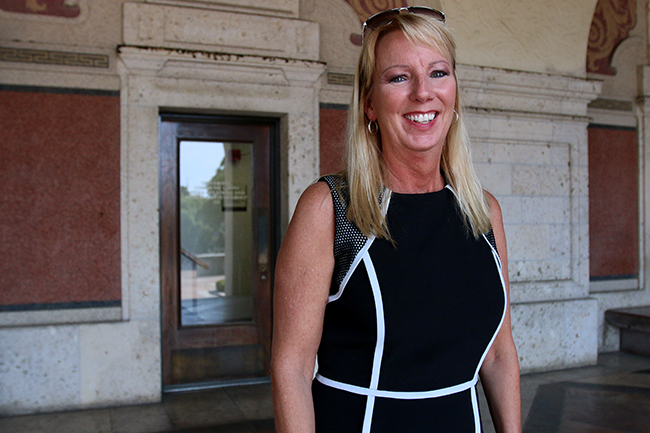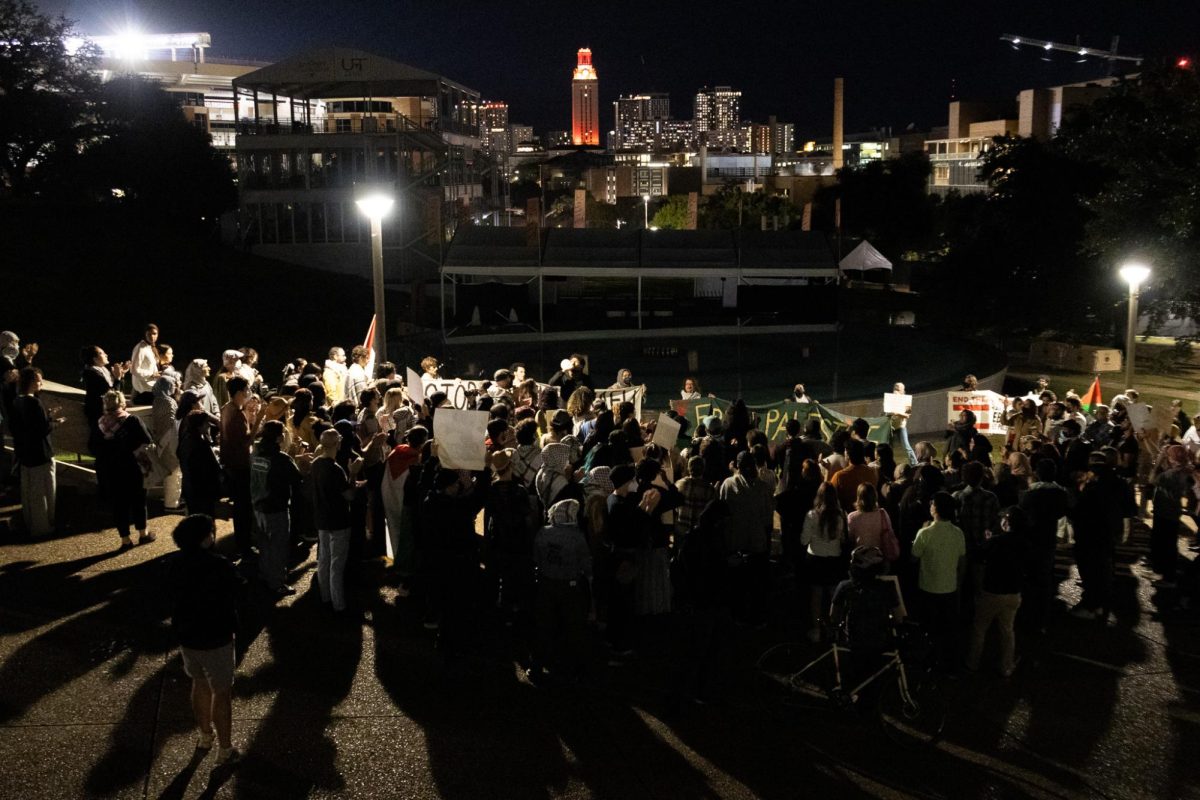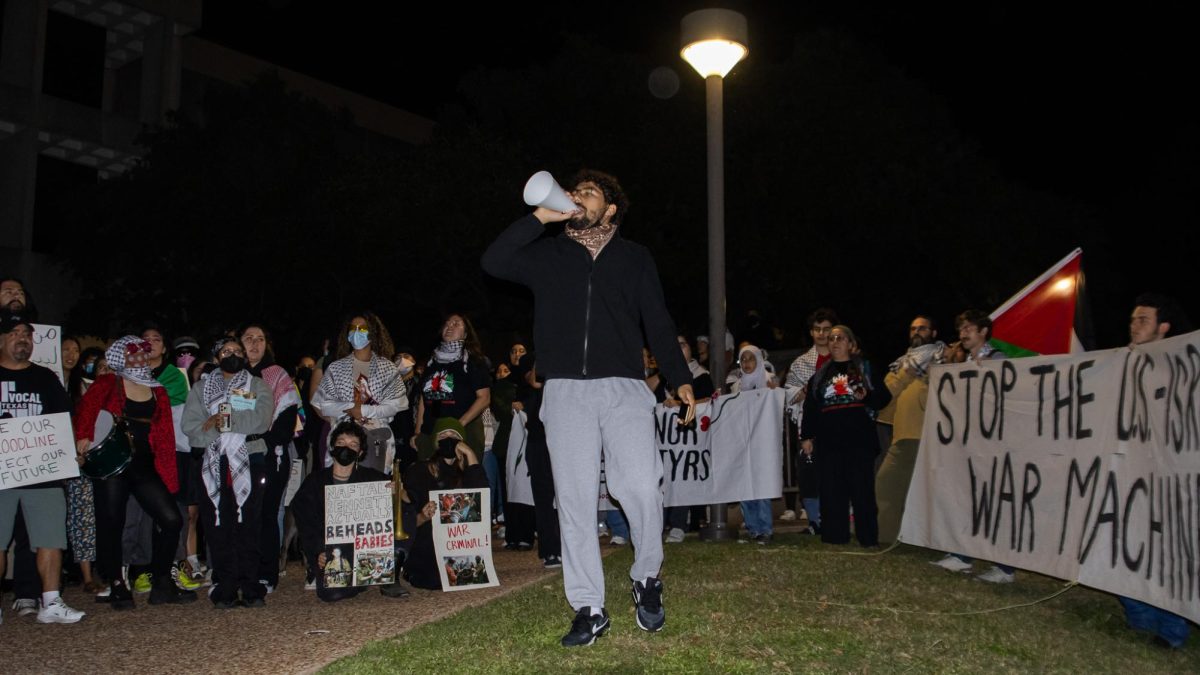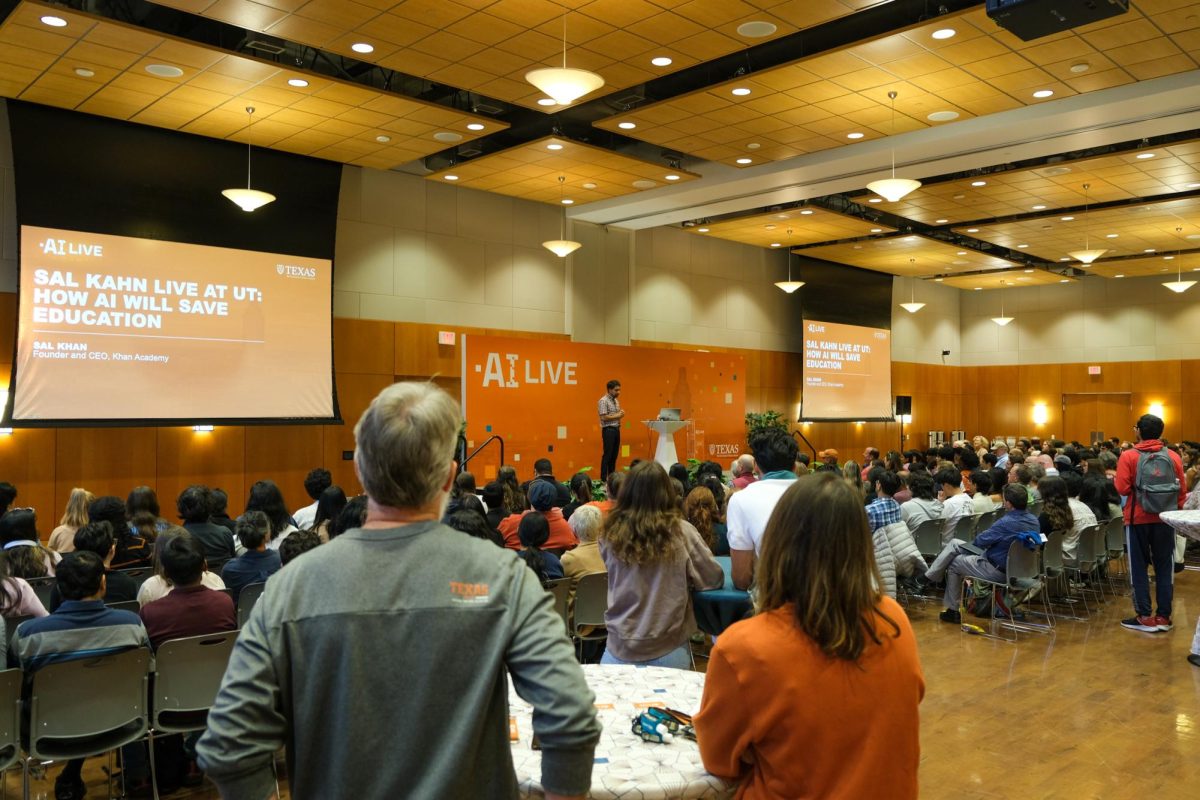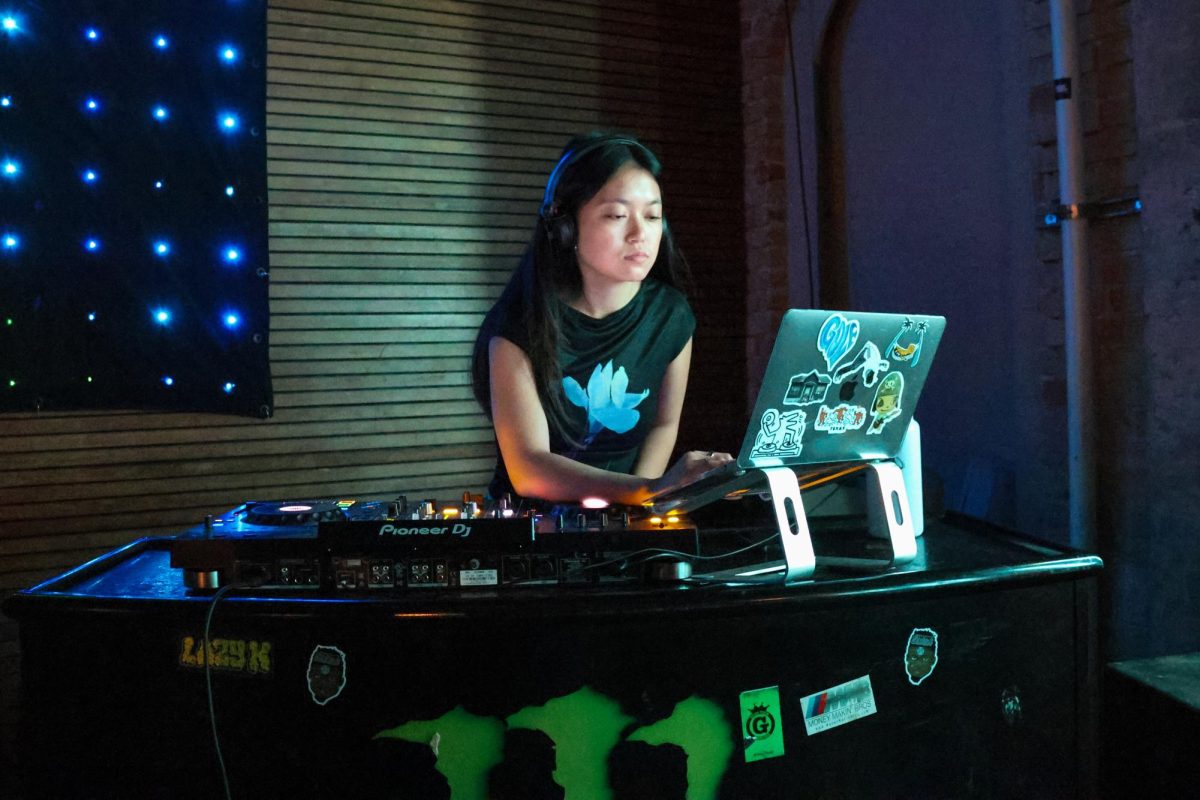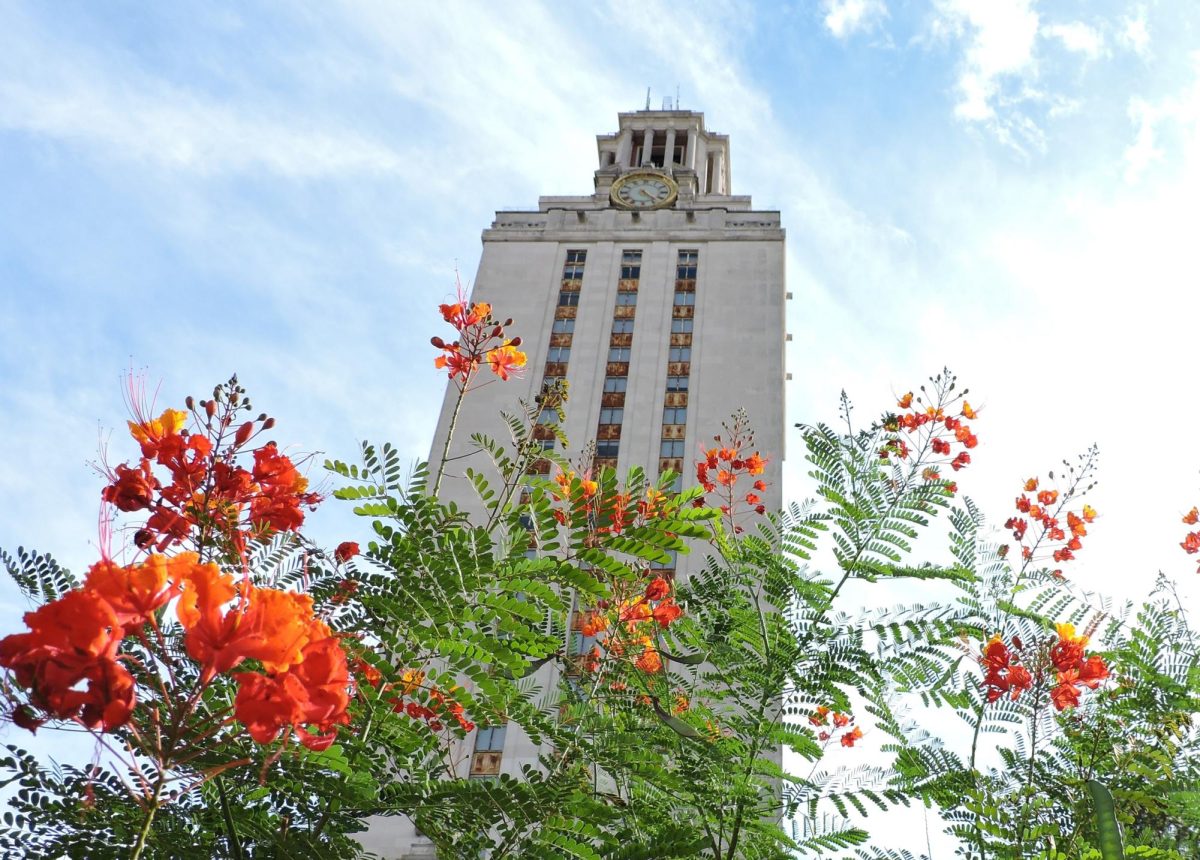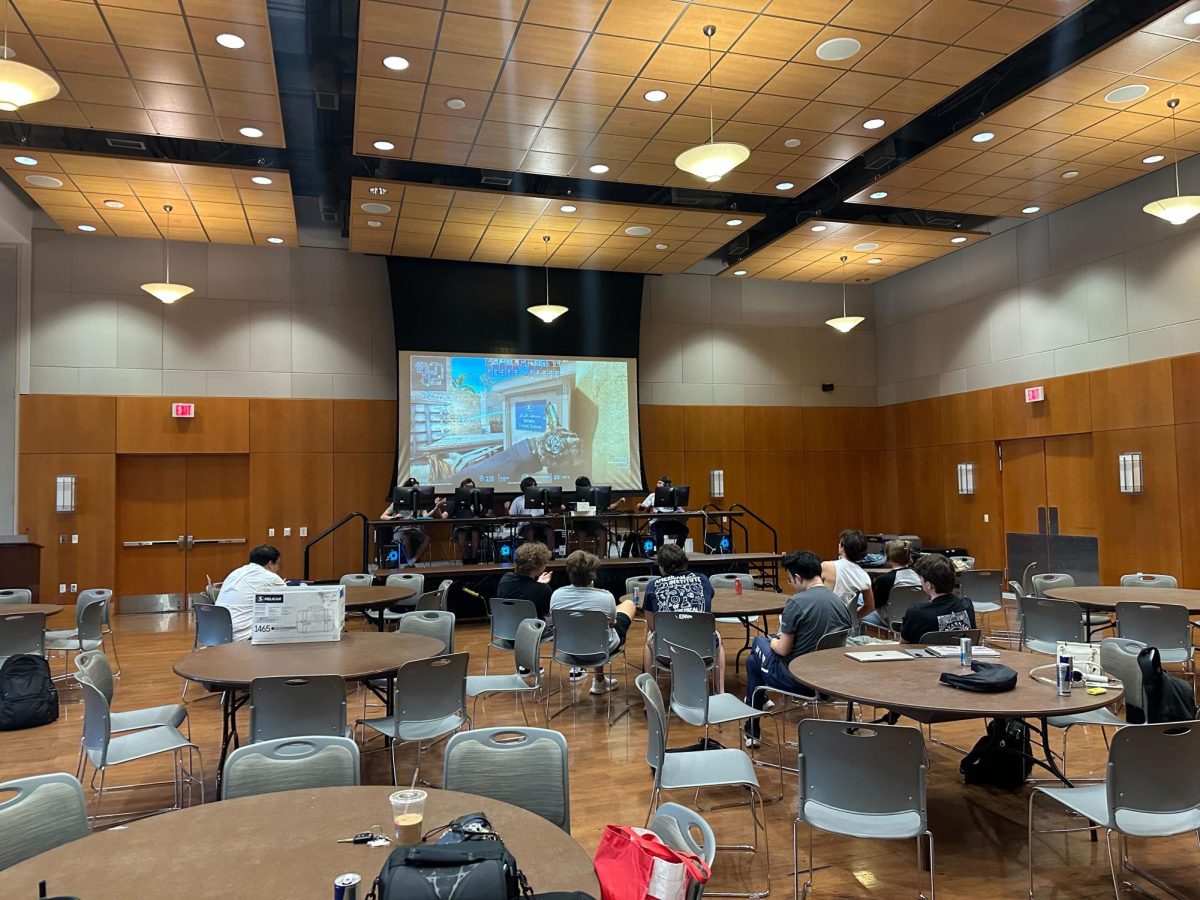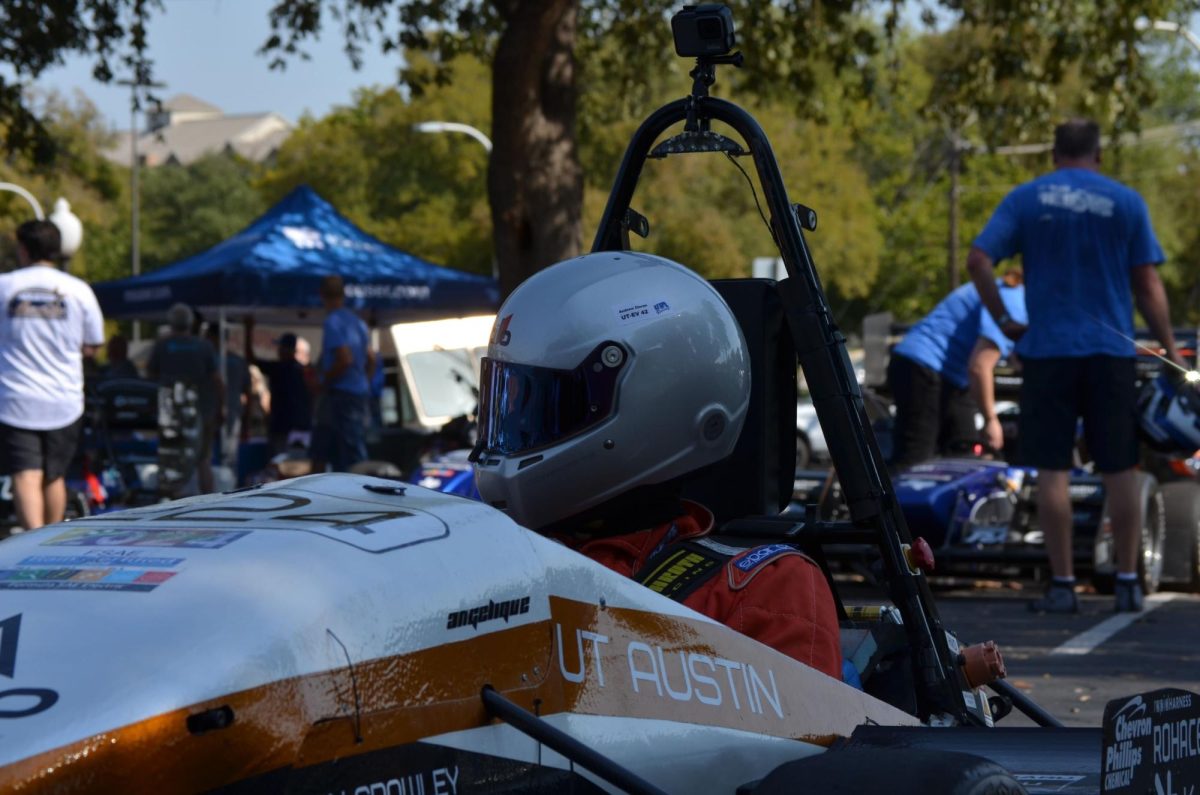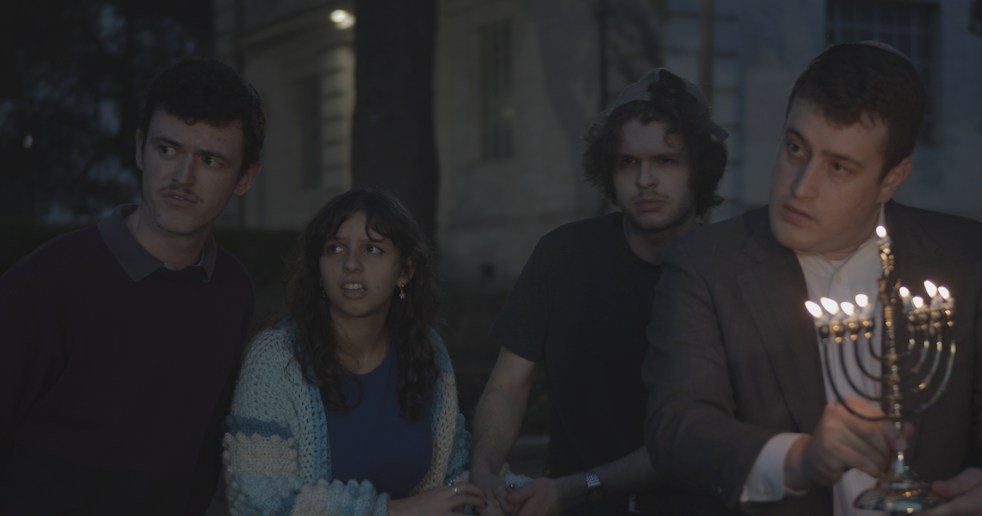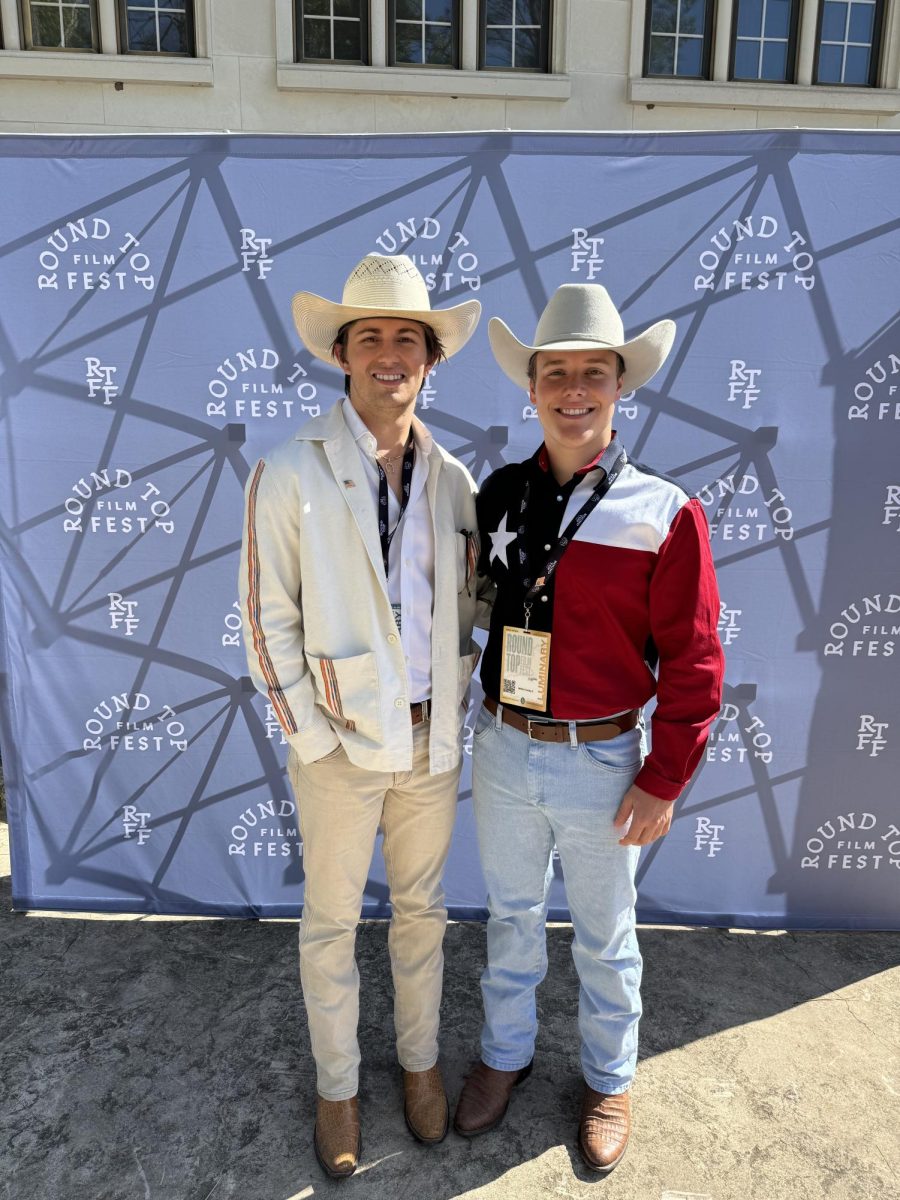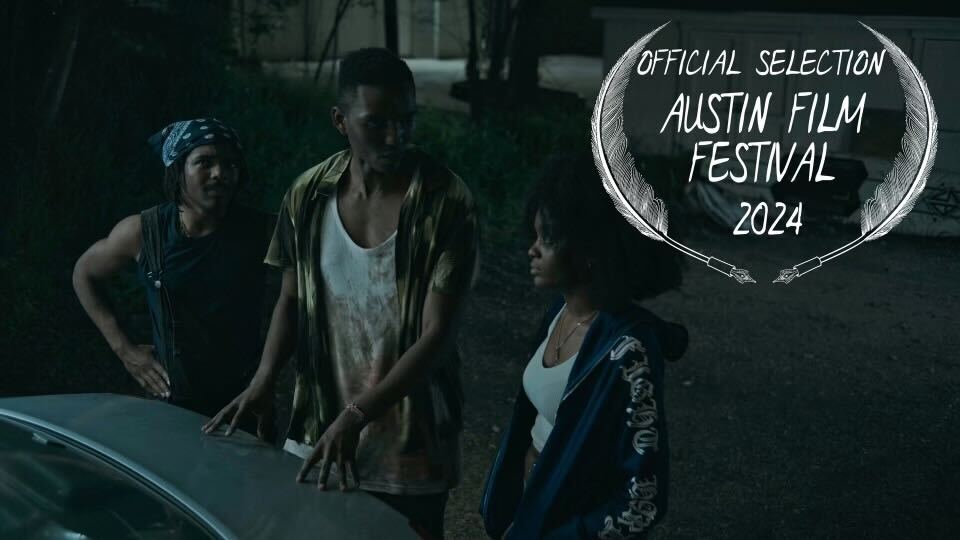With a rapidly growing film industry, Austin has become a go-to filming location for big-budget movie productions. UT is a highly sought-out location for big and small producers, but before filmmakers whip out a camera on campus, there is a highly structured process they must go through first.
Filmmakers who aim to film on campus must obtain insurance that covers equipment and crew members. They can then request a filming permit from the University that proves the filmmakers have been granted permission to film on campus. Next, Director of Public Affairs Amy Crossette helps producers locate the perfect spots to shoot and schedules shoot dates that work for both the film crew and the University.
Despite being the liaison between the University and filmmakers, Crossette said she doesn’t make the final decision as to who can film on campus. The offices that manage the various UT buildings have the final say on whether film crews are permitted. While producers are free to request to film nearly anywhere on campus, the University is more particular about letting film crews work in places heavily populated by students, such as dorms or libraries.
“This is not a studio lot. Students, faculty and staff come first,” Crossette said. “They just can’t go in a building and assume they can take over.”
Students can film projects for academic credit on campus as long as they fill out a form detailing where they’ll be filming and the size of the project.
“Usually students want to use a spot on campus to make it look like something not on campus,” Bert Herigstad, office manager in the Department of Radio-Television-Film, said. “Convenience is a prime driver, because the students are here already.”
Herigstad said filming notable UT landmarks, such as the UT Tower, or signs that identify the University cannot be filmed without approval of the University Trademark Office. He also mentioned that it’s important for students to know that students retains the creative rights for any footage shot on campus grounds for a class project, meaning they can submit footage for events such as festivals without University interference.
Although there are fewer obstacles to film a project for class, there are certain locations that require special permission. Radio-television-film junior Jenny Phillips said she encountered this when shooting a course project at the historic Littlefield House.
She said attaining permission was easier than expected, but it required speaking with a special coordinator.
“I just walked up and knocked on the door,” Phillips said. “Everyone was cooperative and supportive.”
For students looking to film a non-course-related project, getting approval isn’t as simple. They have to go through the same process as professionals do in order to film on campus.
“There are times when [students] are filming for fun, then it gets into a case-by-case basis,” Herigstad said. “It depends on
the situation.”
Crossette said she plans to update the guidelines for filming on campus to account for advances in social media and how it affects film distribution. She said these changes are being made to reflect the variety of ways footage can be used. In the meantime, she expects to receive a large variety of filming requests this school year.
“People don’t realize how many major motion pictures have been shot here over the years,” Crossette said. “We’ve had international crews from Korea, Taiwan and Norway. Even they have heard about the UT campus.”
Corrections: This article incorrectly stated the University retained creative rights for any footage shot on campus grounds for a class project. Students retain the rights to their work. The article also incorrectly attributed information to Bert Herigstad, office manager in the Department of Radio-Television-Film. The Texan obtained this information through a University form available here.

